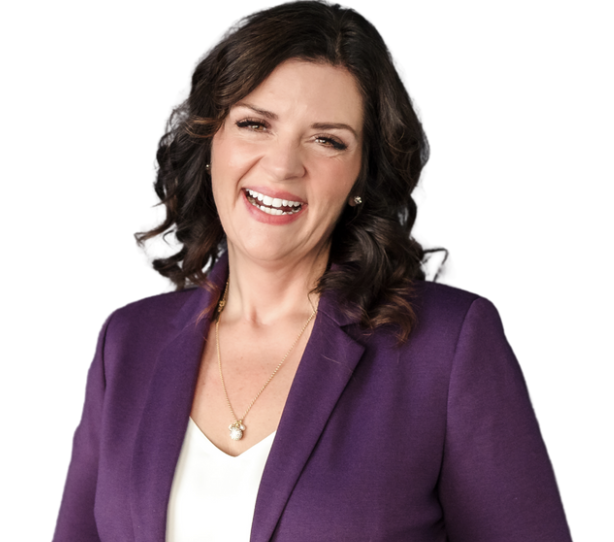- Cindy Sparrow

- 4 days ago
- 3 min read
The Hardest—and Most Important—Transition of Your Career
The hardest and most important career transition you’ll ever make is stepping into your first leadership role.
And if you work in public safety, healthcare, social work, or any trauma-exposed profession, odds are no one trained you for it.
One day you’re side-by-side with your peers — the next, you’re responsible for their performance and well-being.
The Peer-to-Boss Shift
I went from being a dispatcher on Friday to a supervisor on Monday — no training, no playbook.
It was one of the most isolating and overwhelming transitions of my career. Two decades later, I know that story is still way too common.
“One day you’re part of the team. The next, you’re leading it—with no roadmap.”
The Data Doesn’t Lie
Research from Gallup shows that 70% of workplace engagement and performance comes down to one factor: the leader closest to the frontline.
And yet, up to 60% of new leaders receive no formal training before stepping into the role — and many fail or burn out within their first two years (Center for Creative Leadership & Gartner, 2021).
Organizations spend more than $18 billion a year on leadership development in the U.S., but most of it goes to the C-suite — not the frontline.
Why Investing in Frontline Leadership Matters
Frontline leaders are the heartbeat of every organization. They:
Have the greatest daily influence on culture, morale, and performance.
Serve as the bridge between executive vision and operational reality.
Directly shape retention, psychological safety, and trust within teams.
And yet, they are often the least prepared and least supported.
“That’s not just unfortunate — it’s an ROI crisis.”
When We Invest in Frontline Leaders, Everyone Wins
When frontline leaders are trained, mentored, and supported early:
Engagement rises dramatically.
Turnover, absenteeism, and mental-health injuries drop.
Performance, innovation, and collaboration climb.
This is a systemic return on investment — one that pays off in healthier teams, safer operations, and stronger communities.
We can’t afford not to develop them.
The Hidden Costs of Unprepared Leadership
Leadership without preparation comes with grief, isolation, and what I call the capacity trap — where caring leaders try to fix everyone’s problems and burn out fast.
Studies from McKinsey and the Journal of Leadership Studies confirm what we feel:
“When leaders overfunction, teams underfunction.”
What I’d Do Differently Now
If I could go back and lead that first team again, I’d do it differently.
I’d lead with intentionality, not awkwardness.I’d call out the shift from peer to supervisor on day one.I’d align with my fellow leaders — because when we walk out of the room unified, culture thrives.
Tools That Change Everything
Here are three simple frameworks that change how we lead, connect, and protect our own capacity:
1. The Team Charter
Co-create your shared purpose and behaviors so everyone knows what “great” looks like.
2. Brave Conversations Framework
Address conflict with clarity and compassion — before it festers.
3. Boundary Up
Coach instead of fix. Empower instead of rescue. Protect your energy so you can lead for the long run.
“Healthy leadership starts where self-awareness meets structure.”
Why It Matters
The system doesn’t always set us up to succeed — but we can shift it.
When leaders regulate, communicate, and align, the ripple effects heal teams, workplaces, and communities.
Because leadership in trauma-exposed work isn’t about titles — it’s about humans leading humans.
And that starts with investing where it counts most: the frontline.
Listen, Reflect, & Share
🎧 Listen to Episode 6: “What I Wish I Knew as a New Leader — Lessons from the Frontline” on The Cindy Sparrow Podcast on Apple Podcasts or on Spotify now!
If this episode resonates, share it with a teammate, colleague, or emerging leader who’s walking the same path. Because leadership doesn’t have to be lonely—and we grow stronger when we grow together.
Tell me: What’s one lesson you’ve learned the hard way as a leader?
I’d love to hear from you.
Next Steps
👉 Download the Brave Conversations Guide.
👉 Join the waitlist for the 2026 SHIFT™ Leadership Program.
Because you deserve to thrive as a human and a leader — and your people deserve the same.









